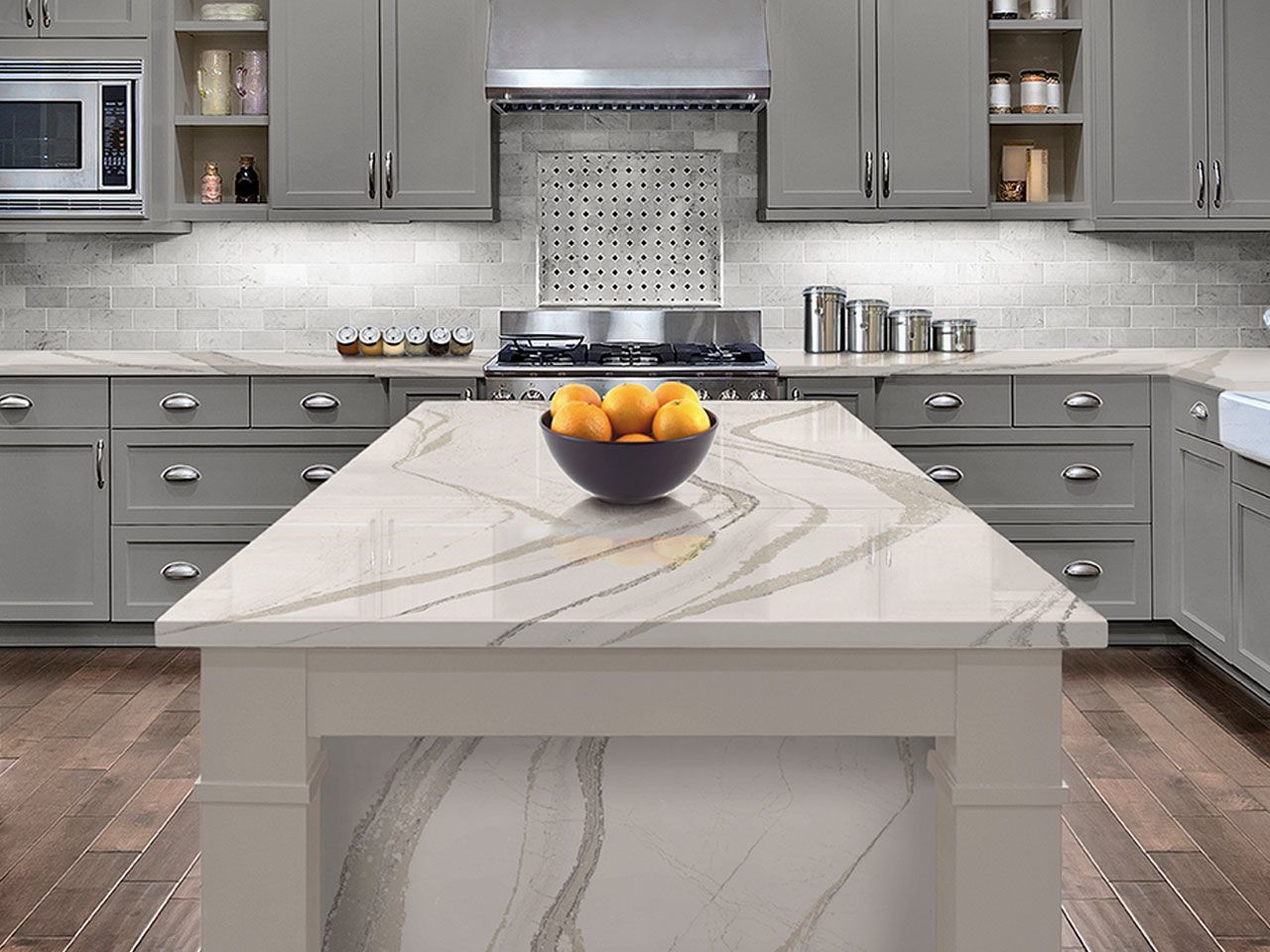Is there a kitchen renovation in your future? If so, one of the most crucial and difficult decisions ahead of you is what kind of countertop to choose. Consumer Reports takes a look at two of the most popular options—quartz and granite—to determine which one is the better option.
First and foremost, it’s important to note that Consumer Reports (CR) describes both quartz and granite as “superior materials” that perform equally well in many tests, such as surviving a steak-knife slicing machine, withstanding a 400-degree Fahrenheit saucepan full of heated shortening, and several rounds of scrubbing with 100-grit sandpaper.
However, while both materials earn ratings of “excellent” for cutting, abrasion and heat resistance, neither is indestructible. When it comes to impact testing, both can chip.
So, what’s the differentiator among the two? Stain resistance and appearance.
For stain resistance testing, CR used half-inch splotches of several common substances, such as coffee, chocolate syrup, vegetable oil and grape juice, and recorded the effects after 20 hours. Quartz scored better with certain substances, like beet juice and food coloring, earning a rating that was 2.3 points higher than granite.
Quartz also comes out ahead in the appearance category, due to its ability to achieve the seamless, clean lines most people prefer. Since each slab of granite is unique—whereas quartz is manufactured—it’s more difficult for installers to cut and line up multiple slabs precisely. Quartz also offers more color choices and options for popular marble veining.
While quartz and granite cost about the same, quartz is the current material of choice. According to a National Kitchen & Bath Association survey, the vast majority of folks installing counters these days choose quartz, while granite is a distant second.
Ultimately, as with any renovation decision, the choice is a personal one, so go with what suits your taste and lifestyle.


